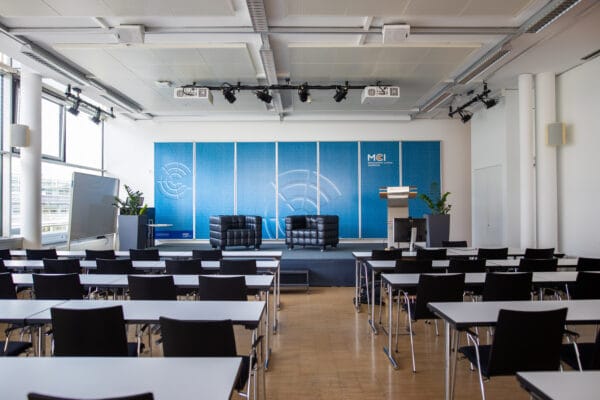Wildfires, which occur more frequently due to climate change, affect mountain forests, their rejuvenation and afforestation. In this study, we investigated seed germination and seedling establishment of Alpine conifers after a prescribed fire. We hypothesized that fire and post-fire conditions would hinder seedling establishment, particularly in the immediate aftermath of the fire.
Seeds of Picea abies, Pinus cembra, and Larix decidua were sown every ten days over seven weeks in two 3.8 m² plots near the treeline (Praxmar, Tyrol, 1,600 m a.s.l.). One plot remained unburned (control), while in the second plot, the litter was ignited for a prescribed fire. Environmental conditions (air and soil temperature, heat flux, relative humidity, and soil properties) were monitored during and after fire. Seed germination and seedling establishment were assessed over 15 weeks. During the fire (duration 6 min), air temperature reached 650 °C, while soil temperature close to the seeds peaked at 72°C.
Total germination of fire-exposed P. cembra seeds, tested under controlled laboratory conditions, declined to 38.5% (no fire-exposed seeds: 74.0%), whereas P. abies and L. decidua seeds remained slightly affected (decreased from 78.5% to 63.5% and from 74.5% to 74.0%, respectively). However, in the burned plot, fire-exposed P. cembra achieved 15.3% seedling establishment, while no L. decidua and P. abies established by then. P. cembra seeds sown immediately after the fire established up to 29.3% (control plot: 52.0%). Seedling establishment of P. abies and L. decidua sown after the fire was poor in the first post-fire weeks, but reached 14.0% and 4.7% by week 7 (control plot: 23.3% and 7.3%).
The lower establishment in the burned versus control plot was likely due to high soil temperatures (up to 65°C) and increased ion content, leading to lower soil osmotic potential. The relatively high establishment success of P. cembra was probably related to its massive seeds with rich endosperm and thick seed coat, which ensured germination (of seeds not damaged by or sown after fire) and initial growth despite unfavorable environmental conditions. Seedlings of P. abies and L. decidua were more susceptible to temperature and drought conditions post-fire.
